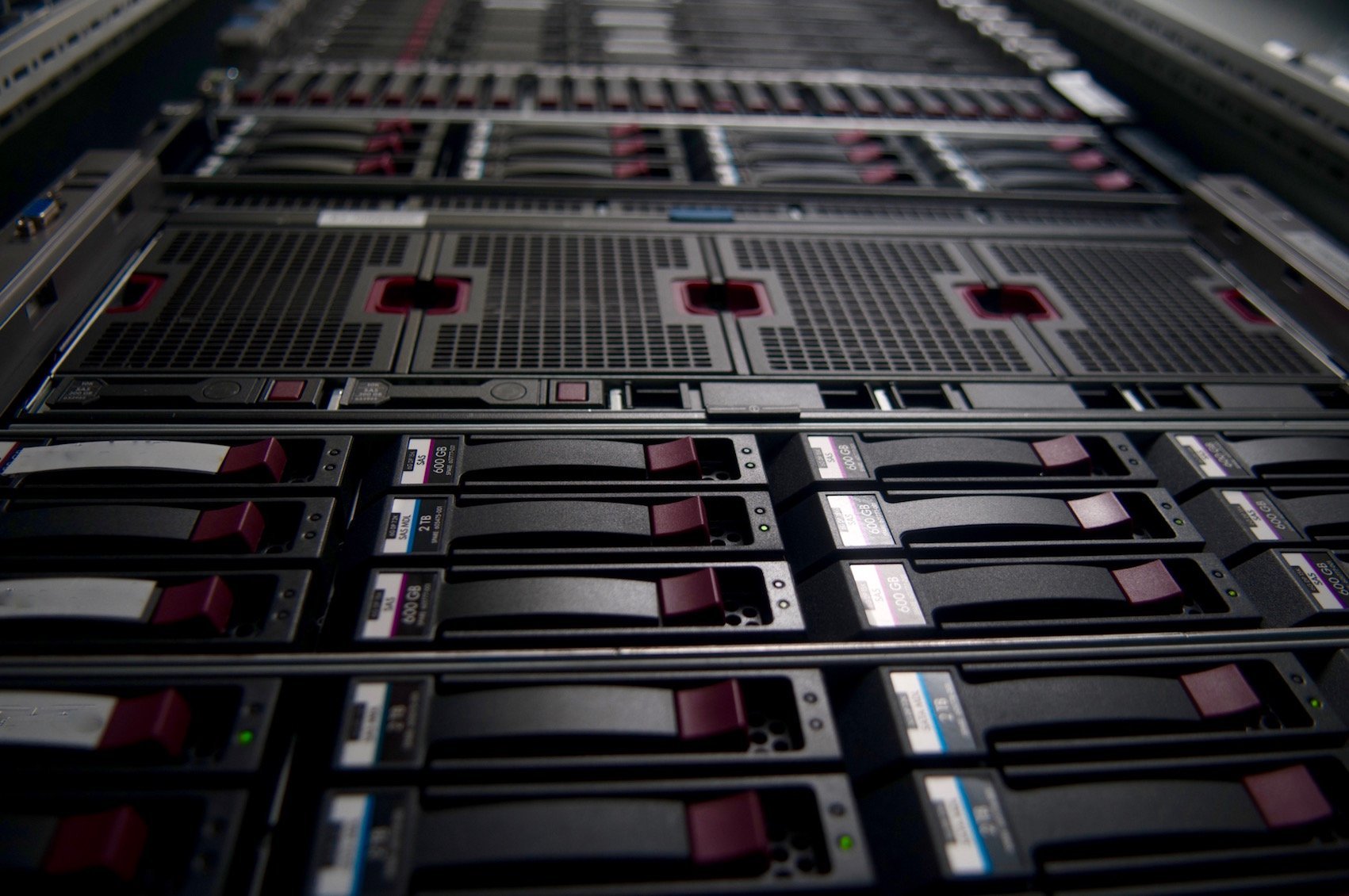I recently needed to remove a couple of decommissioned switches from one of our data centres. This turned out to be quite an ordeal. The reason? The ill-conceived way the rack mount brackets used by most data centre switches are designed. In this post, I will use plenty of pictures to explain why that is, and propose a simple solution on how the switch manufacturers can improve this in future.
Rack switch mounting 101
 ... [continue reading]
... [continue reading]


